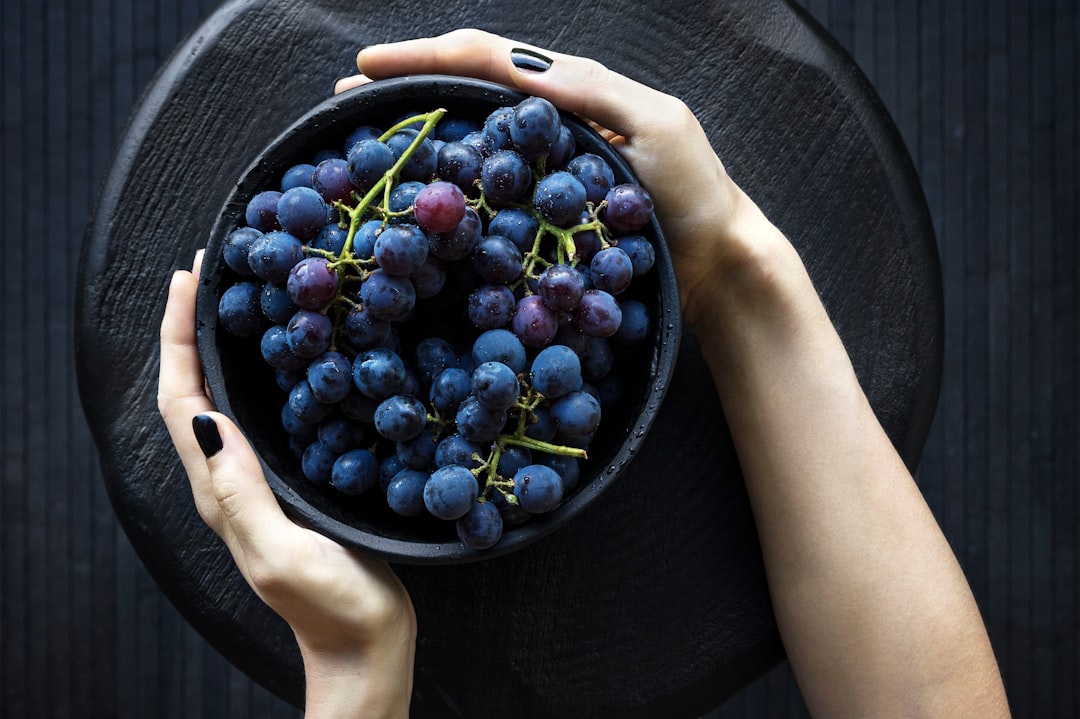
The Basics of Carbonic Maceration
Share
Dive into the intriguing world of wine with our guide on Carbonic Maceration. This winemaking technique, while not new, has been gaining popularity for its unique impact on the flavor and texture of wine. Unlike traditional fermentation processes, Carbonic Maceration involves fermenting whole grape clusters in a carbon dioxide-rich environment. This method results in wines that are fruity, less tannic, and can be enjoyed at a younger age. Whether you're a seasoned wine enthusiast or new to the scene, understanding Carbonic Maceration will deepen your appreciation for the art and science of winemaking.
The Fundamentals of Carbonic Maceration
Carbonic Maceration is a winemaking technique that diverges significantly from conventional fermentation methods. It begins with placing whole, uncrushed grapes in a sealed container filled with carbon dioxide. This environment prevents the grapes from accessing oxygen, thereby initiating fermentation within each grape berry. This intracellular fermentation is unique because it relies on the grape's natural enzymes to convert sugar into alcohol, rather than on yeasts that typically drive the fermentation process.
The Process Step by Step
The process of Carbonic Maceration unfolds in a series of carefully controlled steps. First, winemakers harvest whole grape clusters, ensuring they are intact to prevent premature fermentation. These clusters are then placed in a sealed vat that is either filled with carbon dioxide or allows the CO2 produced by the grapes at the bottom of the tank to fill the space, creating an anaerobic environment. Over time, the grapes begin to ferment from the inside out. After a period, typically a few days to a couple of weeks, the grapes are removed from the tank, crushed, and then undergo a traditional fermentation process to convert any remaining sugars into alcohol.
The Role of Carbon Dioxide
Carbon dioxide plays a pivotal role in Carbonic Maceration. It not only creates an anaerobic environment that prevents oxidation but also stimulates the start of intracellular fermentation within the grapes. This unique environment is what leads to the distinct flavor profile and texture of wines produced through this method. The absence of oxygen also means there is less risk of spoilage from unwanted bacteria, making the process somewhat safer in terms of preserving the desired qualities of the wine.
The Impact on Flavor and Texture
One of the most notable aspects of Carbonic Maceration is its impact on the wine's flavor and texture. This method produces wines that are markedly different from those made through traditional fermentation techniques.
Enhanced Fruit Flavors
Wines produced through Carbonic Maceration are renowned for their vibrant fruit flavors. This is largely due to the preservation of primary fruit aromas and flavors, which can be diminished or altered in wines that undergo traditional fermentation. The intracellular fermentation process allows for the development of esters and other compounds that contribute to a wine's fruity character, often resulting in flavors reminiscent of fresh berries, cherries, and bananas.
Softer Tannins
Another key characteristic of wines made with Carbonic Maceration is their softer tannin profile. Since the grapes are not crushed before fermentation, there is less extraction of tannins from the skins, seeds, and stems. This results in a wine that is smoother and more approachable, with a velvety texture that is appealing to many wine drinkers. The reduced tannin content also means these wines are typically best enjoyed young, as they may lack the structure needed for long-term aging.
Varietals Suited for Carbonic Maceration
While Carbonic Maceration can be applied to various grape varieties, certain varietals are more commonly associated with this winemaking technique.
Gamay: A Classic Choice
The Gamay grape, particularly from the Beaujolais region of France, is perhaps the most famous example of a varietal well-suited to Carbonic Maceration. Beaujolais Nouveau, released just weeks after harvest, showcases the fresh, fruity characteristics that this method can impart to the wine. Gamay's naturally high acidity and low tannin levels complement the effects of Carbonic Maceration, resulting in a light, refreshing wine that is perfect for early consumption.
Other Suitable Varietals
Other grape varieties that respond well to Carbonic Maceration include Grenache, Tempranillo, and even certain clones of Pinot Noir. These varietals can benefit from the enhanced fruit flavors and softer tannins produced through this technique. However, the suitability of a grape for Carbonic Maceration depends on various factors, including the grape's natural flavor profile, tannin structure, and the desired style of the finished wine.

The Role of Temperature Control
Temperature control is crucial in the Carbonic Maceration process. Maintaining the right temperature ensures that the intracellular fermentation proceeds smoothly and that the desired flavors and aromas are developed.
Optimal Temperature Range
The optimal temperature for Carbonic Maceration typically ranges from 12°C to 20°C (54°F to 68°F). This relatively cool temperature range slows down the fermentation process, allowing for the gradual development of flavors and aromas. It also helps to prevent the onset of traditional yeast-driven fermentation, which could otherwise dominate the intracellular fermentation and alter the wine's character.
Challenges and Solutions
Maintaining consistent temperatures can be challenging, especially in regions with fluctuating environmental conditions. Winemakers may use temperature-controlled tanks or adjust the winery's ambient temperature to achieve the desired conditions. Monitoring and adjusting the temperature throughout the process is essential for producing a wine that reflects the unique characteristics imparted by Carbonic Maceration.
Pairing Carbonic Maceration Wines with Food
The unique qualities of wines produced through Carbonic Maceration make them versatile partners for a wide range of dishes.
Light and Fresh Pairings
The bright fruit flavors and low tannin content of these wines make them an excellent match for light, fresh dishes. Think salads, grilled vegetables, or simple pasta dishes with tomato-based sauces. The wine's acidity can also complement fatty fish like salmon or rich cheeses, providing a refreshing counterbalance to the dish's richness.
Adventurous Pairings
For those looking to experiment, Carbonic Maceration wines can also pair well with spicy or exotic cuisine. The fruity character of the wine can cool the palate against spicy flavors, making it a great choice for dishes with a kick. Try pairing it with Thai curries, Mexican tacos, or Indian biryanis for an adventurous and satisfying meal.
The Future of Carbonic Maceration
As winemakers continue to explore and refine Carbonic Maceration techniques, we can expect to see more innovation in the wines produced through this method. The technique offers a way to highlight the natural fruit flavors of the grape while producing wines that are approachable and enjoyable in their youth. As consumer preferences evolve, the demand for fresh, fruit-forward wines may lead to increased interest in Carbonic Maceration and its potential to create distinctive and delightful wines.
In conclusion, Carbonic Maceration is a fascinating winemaking technique that offers a unique approach to crafting wines with vibrant fruit flavors and soft textures. By understanding the principles and processes behind Carbonic Maceration, wine enthusiasts can deepen their appreciation for the artistry involved in producing these distinctive wines. Whether you're savoring a glass of Beaujolais Nouveau or exploring other varietals suited to this method, the world of Carbonic Maceration wines is ripe for discovery.
For more insights into the world of winemaking, consider exploring our other articles, such as Advanced Wine Tasting Techniques Explained, The Science of Wine Fermentation, and Protecting Your Wine from Temperature Fluctuations.


